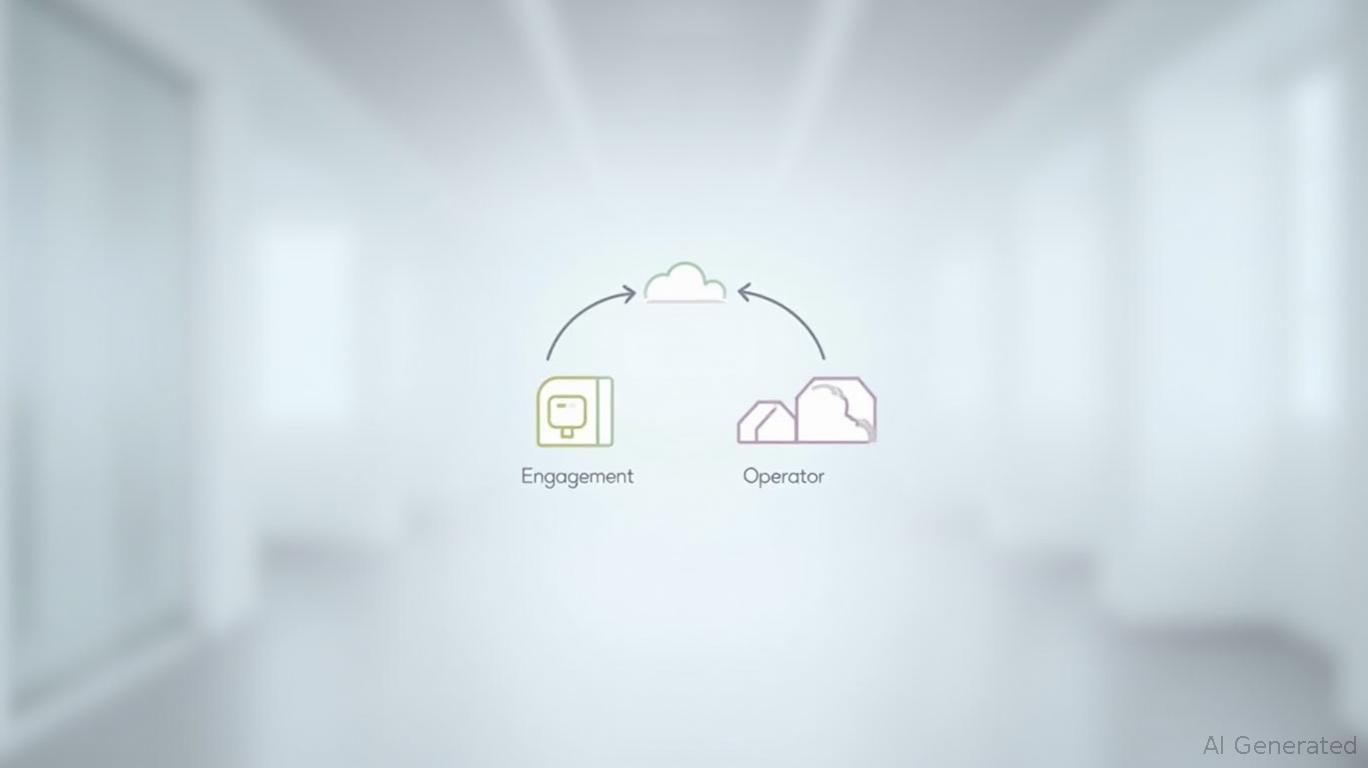PAR Technology: A Contrarian Play on SaaS Resilience Amid Near-Term Noise
In the world of value investing, few opportunities are as compelling as those where short-term pessimism obscures long-term structural advantages.
(NYSE: PAR) currently sits at this crossroads. While recent analyst downgrades and revenue headwinds have sent shares to multi-year lows, the company's integrated SaaS model, margin expansion trajectory, and latent pricing power suggest a compelling contrarian opportunity. For investors focused on compounding growth over 3-5 years, this is a rare chance to buy a high-growth SaaS business at a trough valuation.The Near-Term Headwinds: Debt, Downgrades, and Delays
PAR's recent struggles are well-documented. Analysts have slashed Q2 2025 EPS estimates to breakeven levels, citing macroeconomic uncertainty, elevated debt ($392M), and execution risks tied to its Burger King POS rollout. The company's Q1 2025 results also missed revenue expectations, with a GAAP net loss of $0.61 per share sparking concerns about profitability. Meanwhile, its 0.46 debt-to-equity ratio and 16.77% projected 2026 revenue growth have fueled skepticism about its ability to deleverage while scaling.
The market's focus on these near-term hurdles is understandable but myopic.
The Structural Case: SaaS Resilience and Margin Leverage
Beneath the noise lies a company positioned to dominate two high-margin SaaS adjacencies: loyalty & retail solutions (Engagement Cloud) and POS/payments systems (Operator Cloud). Combined, these segments generated $282M in ARR in Q1 2025, up 52% year-over-year, with organic growth contributing 18%. Crucially, the company's “Better Together” strategy—bundling its Punchh loyalty platform with its
MENU and Brink POS systems—is driving 20%+ organic ARR growth and reducing customer churn.Three structural advantages stand out:
Margin Expansion Flywheel:
Subscription service gross margins hit 69.1% (non-GAAP) in Q1 2025, up 340 bps year-over-year. As the company scales its cloud infrastructure and cross-sells higher-margin solutions (e.g., payments processing), this metric could approach 75%+ within two years. Analysts' focus on debt and near-term losses overlooks this critical margin tailwind.Latent Pricing Power:
With 179,600 active sites (up 45% YoY) and multi-product adoption rates rising, PAR has yet to fully leverage its pricing flexibility. A 5-10% annual price increase on its existing $282M ARR base—without losing customers—could add $14-28M to annual profits.Payments TAM Capture:
The Operator Cloud's POS and payments business, while currently dilutive, is a latent margin booster. Once the Burger King rollout is complete and the company achieves scale in high-transaction-volume clients, this segment could contribute +500 bps to overall margins.

Why Analysts Are Overweighting Near-Term Risks
The recent downgrade wave reflects a classic case of valuation myopia. Analysts are right to flag PAR's debt and execution risks, but they underweight three critical factors:
- ARR's predictive power: SaaS businesses are valued on recurring revenue, not quarterly EPS volatility. PAR's 20%+ organic ARR growth and $282M ARR base (with 80% of revenue recurring) signal a durable flywheel.
- Enterprise wins as catalysts: The Beef 'O' Brady's and Burger King deals represent multi-year revenue streams. Once fully implemented, these could reduce the company's need for external financing.
- Debt management progress: While elevated, the company's $91.7M cash balance and positive EBITDA ($4.2M in Q1) suggest deleveraging is achievable through free cash flow generation.
The Contrarian Investment Thesis
For investors willing to look beyond the next six months, the risk-reward is compelling:
Upside Catalysts:
- Margin expansion: A path to 75%+ subscription margins by 2026.
- Mean reversion in sentiment: Analysts will likely revise estimates upward as multi-product deals ramp and the Burger King POS rollout succeeds.
- Undervalued stock: At $66.57 per share (vs. an $87 average price target), the stock trades at ~3x ARR—a discount to peers like
Downside Mitigation:
- Cash flow stability: Positive EBITDA and a 2.05 current ratio suggest liquidity risks are manageable.
- Optionality in M&A: PAR's debt could be used to acquire smaller SaaS firms, accelerating its TAM expansion.
Recommendation
This is a long-term contrarian buy for investors with a 3-5 year horizon. The stock's current valuation ignores the compounding power of its SaaS model and margin leverage. A 5-10% position in a growth portfolio, paired with a 12-18 month holding period, could yield asymmetric returns as consensus sentiment reverts toward the company's structural strengths.
Final Take:
PAR Technology isn't for the faint-hearted, but in a market fixated on short-term noise, its discounted SaaS growth profile and margin flywheel offer a classic contrarian setup. For those willing to look past the quarterly earnings swings, this could be a generational opportunity to compound wealth in a sector primed for long-term expansion.

Comments
No comments yet